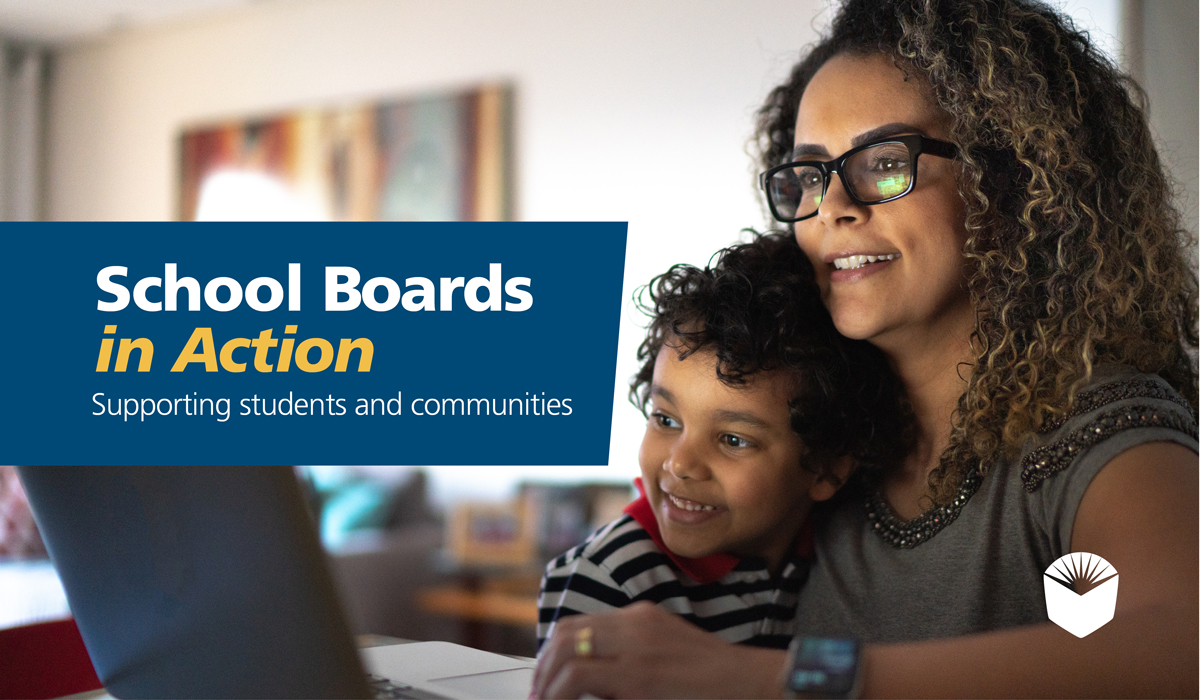In a national survey this summer, more than three in four school social workers reported that a majority of students at their schools needed serious mental health supports in the wake of the COVID-19 pandemic, school closures, economic hardship and a convergence of other factors. LEAs have gotten creative with counselor check ins, digital support groups and telehealth offerings along with creating and continuing music, theater and art programs, which research shows provide students further connections and investment in their schools. Districts are also ramping up plans to increase social-emotional supports when students return in person.
In L.A. County’s Baldwin Park Unified School District, preparation started prior to extended school closures on how to continue serving students who were receiving services. The community-based mental health agencies the district works with immediately began shifting to offer virtual counseling. The school mental health personnel talked with teachers and other school leaders to identify the students who were in greatest need and how to stay in contact with them, whether it be by phone, by email, by Google Classroom, Google Hangout or by postcard — any way to not lose connection with them.
Social-emotional learning is also top of mind in Santa Rosa City Schools, where the Board of Trustees’ mission statement includes SEL as a priority. Teachers can utilize common learning time on Wednesdays for professional development. The district is also offering families/guardians social and emotional learning training to help them with their roles in distance learning. The district’s Integrated Wellness Center is still providing emotional and mental health support for students, staff and families that can be requested through an easy-to-use online form.
Districts are also building off already established relationships to continue to serve students that may be experiencing difficulties in their social-emotional and mental health. Long Beach USD is using school nurses to reach out to families with a known history of health and attendance challenges, as well as using family resource centers and a number of other sites to provide meals and resources. The focus on well-being also extends to district staff, particularly those on the frontline helping students through difficult times.
Stockton USD is contacting students who were receiving school-based mental health services prior to school closures to arrange telehealth services. The district also established a helpline that students and families can use to speak directly to mental health clinicians, child welfare and attendance staff and other health personnel during school closures. Mental health and behavior staff are also available to answer questions and provide guidance for accessing community resources.
Ceres USD in Stanislaus County has maintained student support services during the pandemic, which it’s ramping up as part of its reopening plan to increase access and services once students are learning in person. The district is planning a summer school option to help bolster academic and social-emotional learning. All districts in Stanislaus County provide support services including counselors, psychologists and peer clubs, though most activities are remote. In addition, Denair USD offers online educational sessions with a child and adolescent psychiatrist available to parents and everyone in the community.
In Bakersfield City School District, a proud tradition of an award-winning music and arts education is helping educators hit the right notes. While educators can’t replicate an in-person setting of collaboration and stirring ensembles, they are advancing existing relationships or forging new ones — and offering a change of pace from the monotony of other digital coursework. When a teacher is effective and makes the music or arts class fun and interactive, the students want to be there,” said a district representative. “What I see from observing in Zoom classes is that the music teachers are considered in high esteem by their students because they have done experiences with their teachers of going on trips and performing together.
And because of that experience, they look forward to going to music because they know they’re going to get to continue that teacher–student relationship that they’ve already begun.” The arts and other non-core subjects are often the first to go in a budget crunch or may be an afterthought in the realm of distance learning, but Bakersfield City SD maintained its music department’s staffing at current levels this year, and so far, student participation looks healthy.
The Riverside County Office of Education saw an opportunity to bring their virtual student body together through art and launched the Art Connects virtual student competition just eight days after school closures. Weekly winners from multiple age groups and their inspiring work were highlighted on the RCOE website and social media, and information was distributed to local media. Students’ work was also shared with educators to keep them connected with the organizational mission of serving students. More than 1,300 student creations of poetry, visual arts, dance, theater, videos and music shared artistic expressions of change, possibility, kindness, persistence, connections and hope. The project garnered interest as other county offices of education, school districts and arts organizations across the state began contacting the Art Connects team for tips on creating similar programs for their students. According to feedback from one parent: “Thank you for this program, it has been the only thing that gets my daughter out of bed every morning and it is pretty much all she talks about.”





